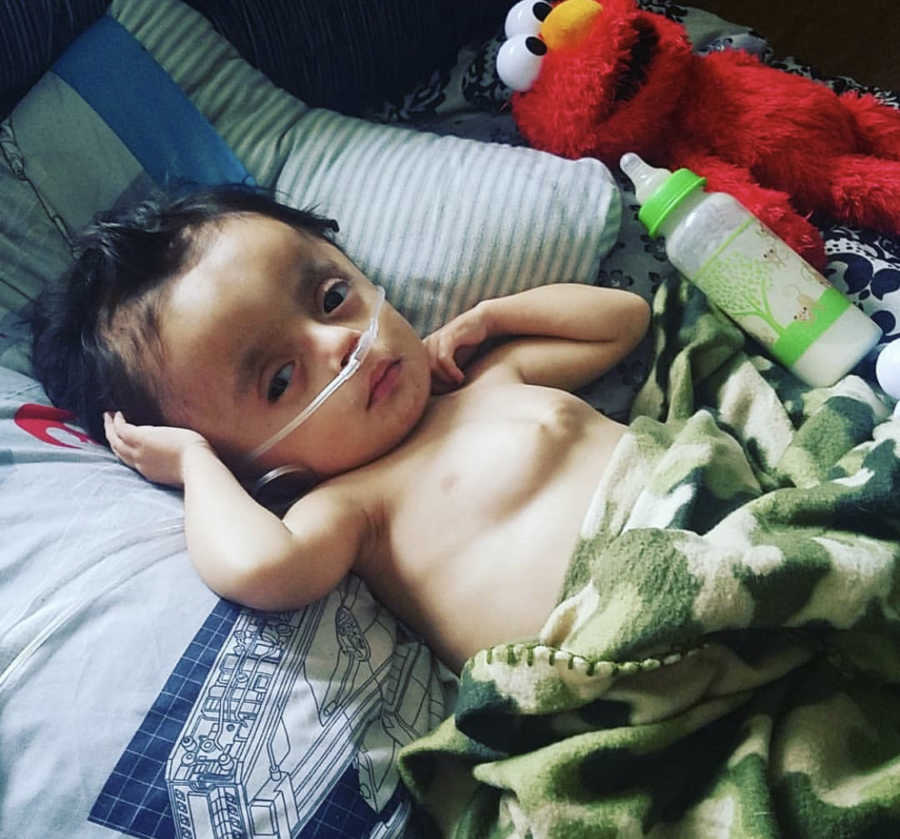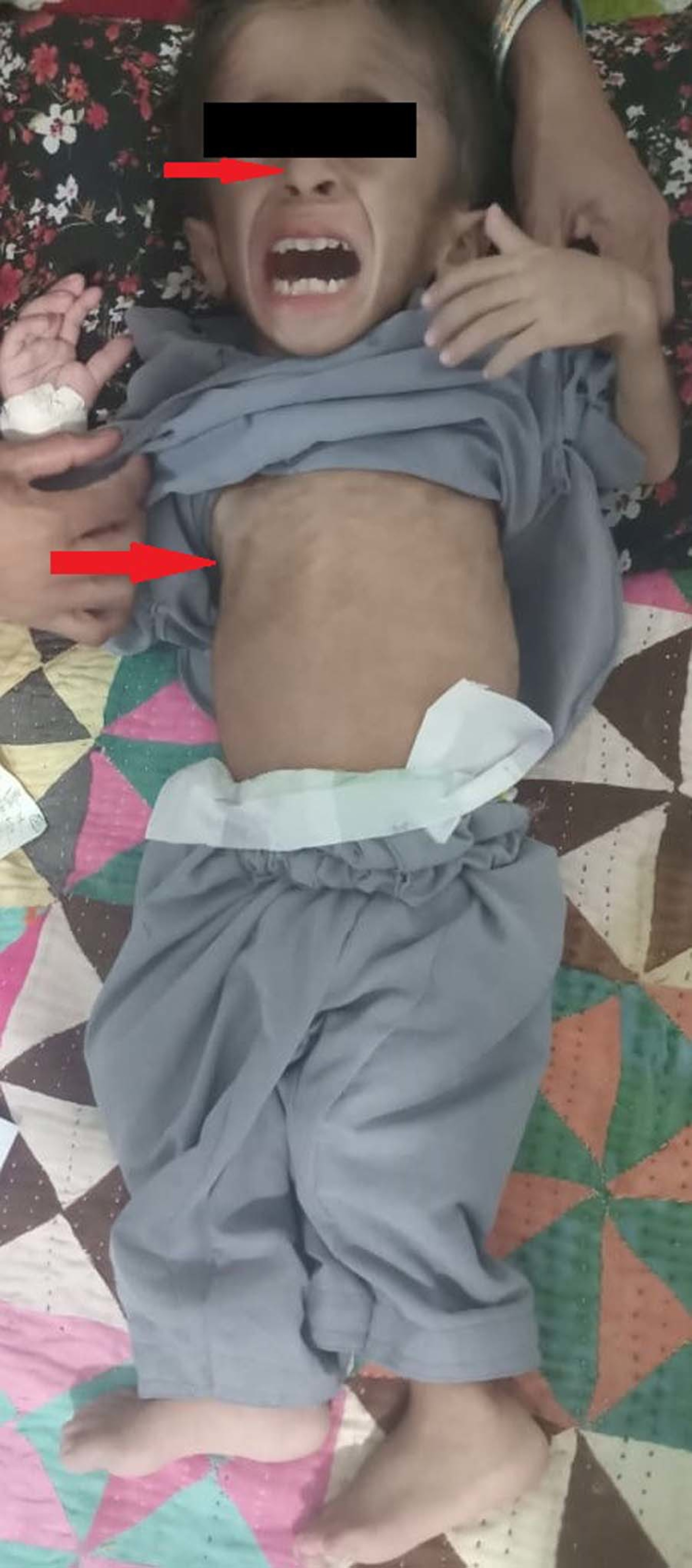

This test guide will discuss these options in more detail. For that reason, clinicians may want to consider testing a larger panel of OI and bone fragility-related genes if they suspect a patient has OI. While this stepwise approach is still appropriate for some clinical situations, the advent of next-generation sequencing technology has allowed us to perform sequence analysis of many genes simultaneously for minimal extra cost. Most commonly this began with COL1A1 and COL1A2 sequence analysis as the first step in testing for OI. The Collagen Diagnostic Lab has traditionally recommended a tiered approach to establishing a genetic diagnosis of OI. Now over a dozen additional genes have been identified which give rise to OI (or overlapping bone fragility phenotypes), including both dominant and recessive forms.

About 95% of the pathogenic variants found in individuals with OI are found in the two type I collagen genes, COL1A1 and COL1A2 and account for all but a few of the dominant forms of OI.

The clinical severity, presence of other phenotypic features, and variation in age of onset and type of OI are determined by the gene in which a mutation occurs and the nature and location of the mutation in the gene. Osteogenesis imperfecta (OI) is a clinically and genetically heterogeneous disorder characterized primarily by fragile bones that result in fracture and bone deformity.


 0 kommentar(er)
0 kommentar(er)
